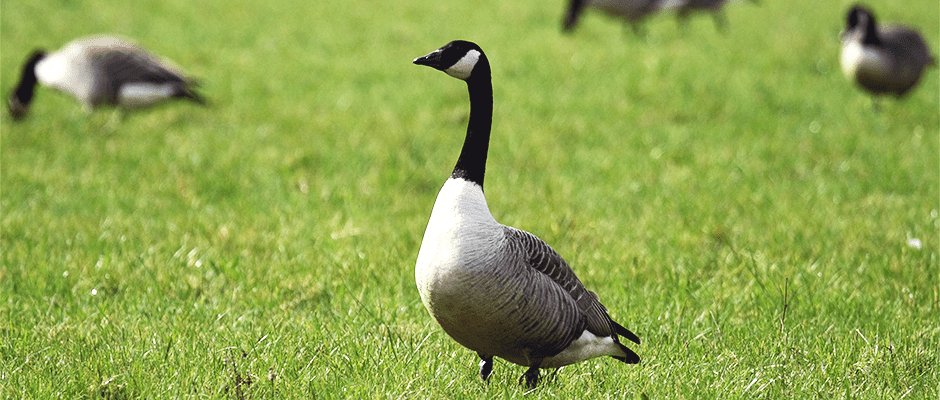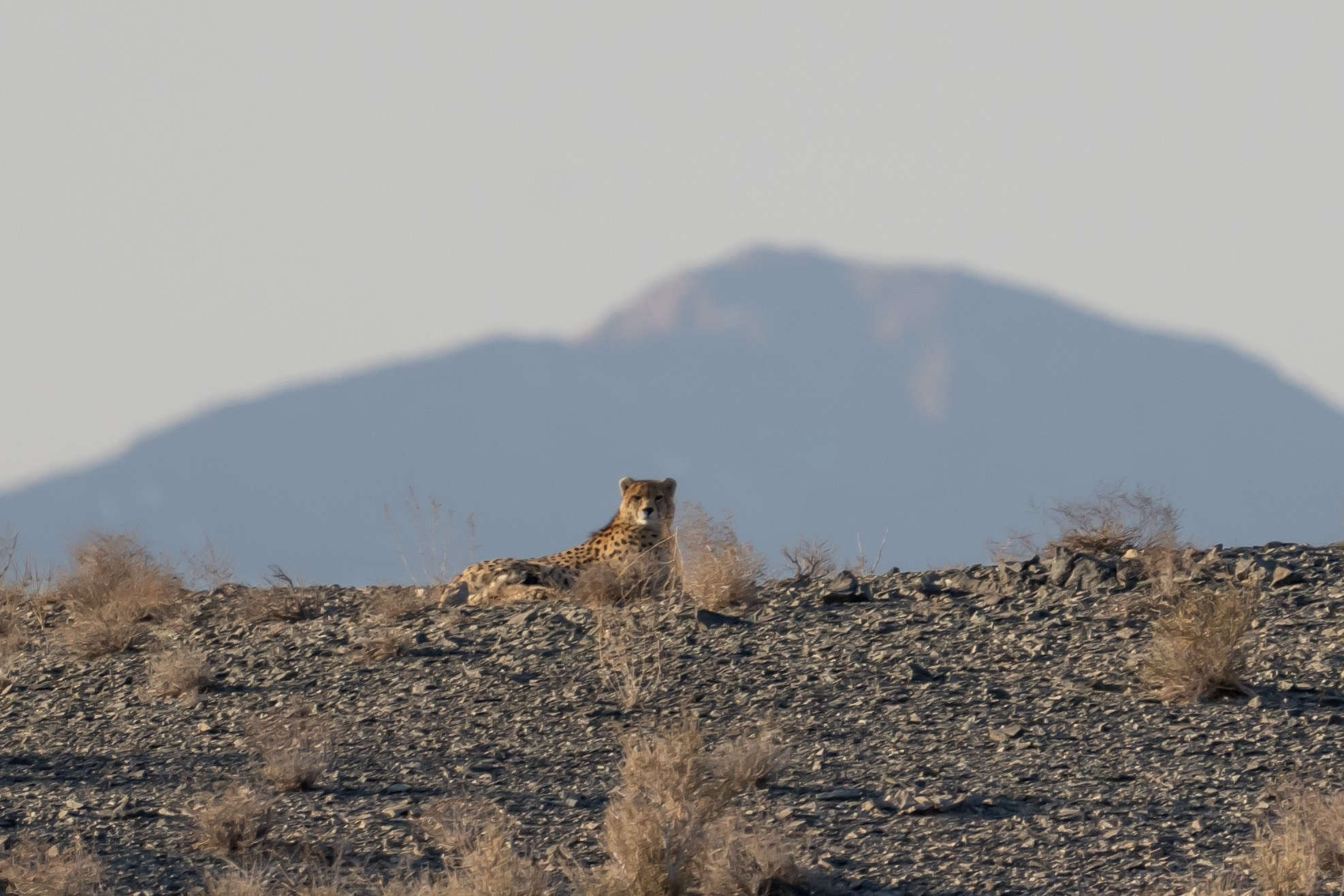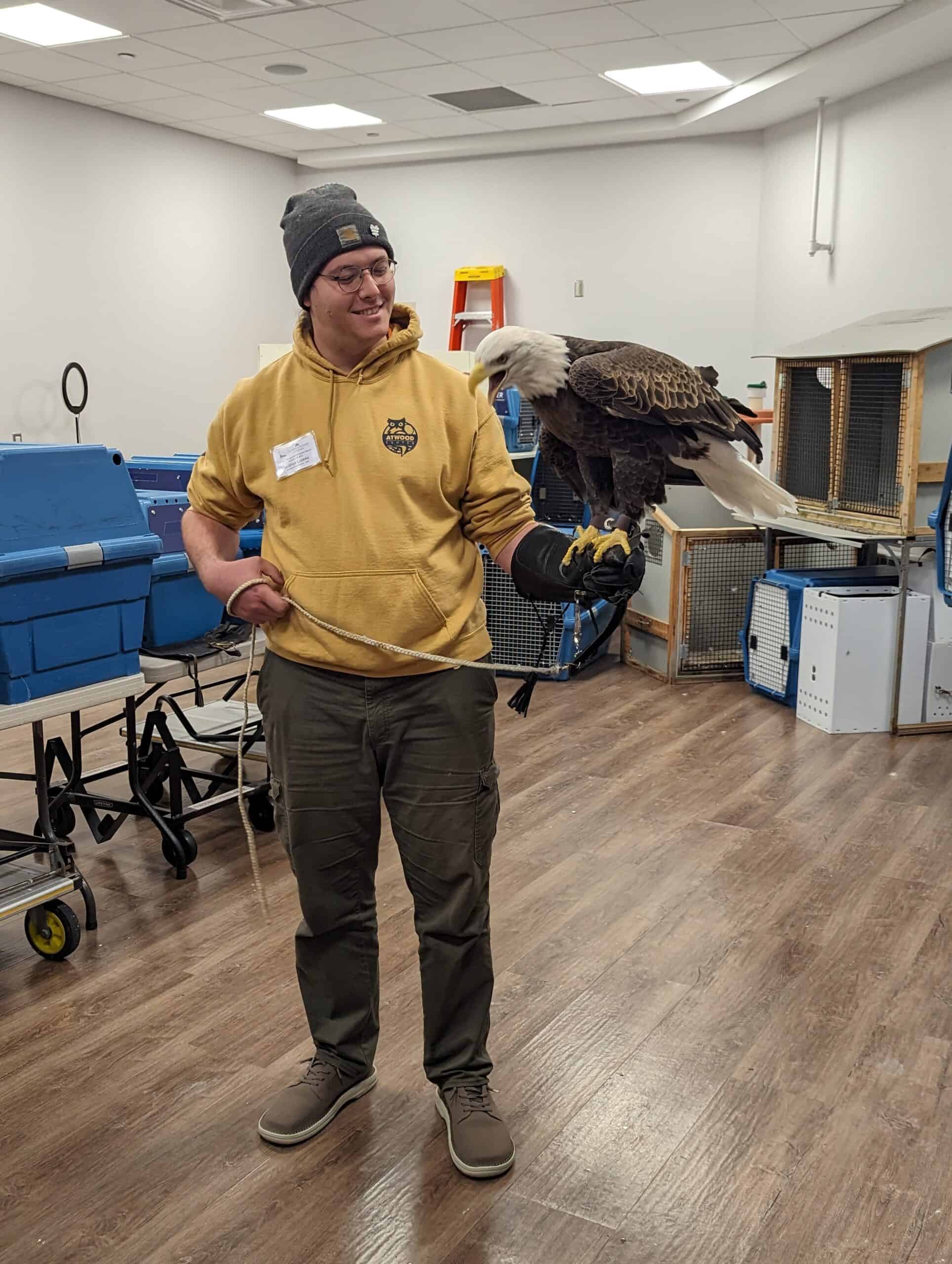Share this article
JWM study: The rise and fall of New Jersey’s Canada geese
While researchers have long followed the rapid increase and decline of New Jersey’s resident Canada geese populations, recent research looking at data from the last few decades has been able to quantify these fluctuations.
Migratory goose numbers declined significantly at the turn of the 20th century, causing managers to launch efforts to increase the state’s resident populations as early as the 1930s and into the ‘40s. Those efforts included translocating the birds as well as increasing the number of lawns to attract the birds. It paid off: The Canada goose population quickly increased; and, in recent decades, the populations have reached unprecedented levels, resulting in an increase in vehicle collisions and other human-wildlife conflicts.
“In the early 1990s there were 29,000 Canada geese in New Jersey,” said Christopher Williams, a professor at the University of Delaware and a TWS member. “By the early 2000s, it was estimated about 106,000 birds. It really went through the roof.”
In response, managers implemented management measures to control burgeoning populations, and by 2014, the population was down to 77,000 geese, Williams says.
In an effort to better understand these changes in population numbers, Williams recently co-authored a study — published in the Journal of Wildlife Management — that examined clutch size, hatchability and nest success of resident Canada geese in the Atlantic Flyway Resident Population in New Jersey.
According to Williams, New Jersey is a good place to examine the issue since it’s the most densely human populated state with about 460 people per square kilometer. Here, an increase in suburbanization, urbanization and commercialization provides the birds with more nesting habitat and lower risks of predation.
As part of the study, Williams and his colleagues reviewed data on the geese from 1985-1989, 1995-1997 and 2009-2010. The team saw a marked decrease in the hatchability of the eggs from 2009-2010 — possibly because of an increase in egg addling or oiling measures, often used as a form of population control.
The researchers also looked at nest survival including factors that could impact eggs on a daily basis such as changes in temperature and precipitation. For instance, the researchers found that when geese nested in cooler temperatures and earlier in the season, they tended to have more success.
The team then looked at nest sites and landscape use, which seemed to tell a more interesting story, according to Williams. For instance, when it came to nest sites, the birds seemed to fare better on commercial and agricultural lands. Similarly, at the landscape level, there was increased nest survival with urban and natural land uses — suggesting that while geese do well in evolutionary adapted natural habitats, there were also benefits to an anthropogenic habitat likely due to lower numbers of predators. “The two extremes are that natural is good where there’s no human component and at the same time, there are decent increases in an urbanized world,” he said.
As New Jersey becomes more developed, management will have to rely more on non-hunting techniques but ones that aren’t fraught with social dilemmas such as culling. “New Jersey has been successful in doing this,” Williams said. “But it’s a cautionary tale in the changing landscape in America along with a changing social values structure toward wildlife. Addressing overabundant wildlife in an anthropogenic world can be challenging”.
Williams says the data on the geese will likely continue to be collected. In fact, Williams’ postdoctoral student Julie Beston recently created population models for resident Canada geese across the Atlantic flyway and published her research in the Wildlife Society Bulletin. Managers in different states can use similar models to determine if and how populations could be managed to effectively meet management goals.
“It’s reasonable to go back in the later part of this decade and the next decade to see where we’re at and to look at the impact of control efforts while recognizing land use that’s still marching on,” Williams said.
Header Image: A Canada goose stands among other geese in the grass. ©Danny Chapman








